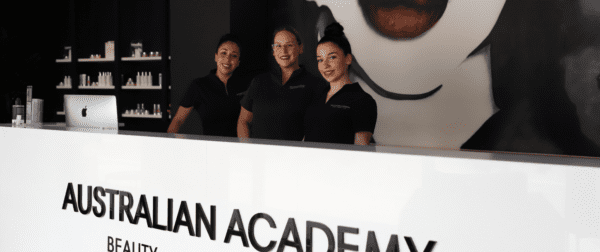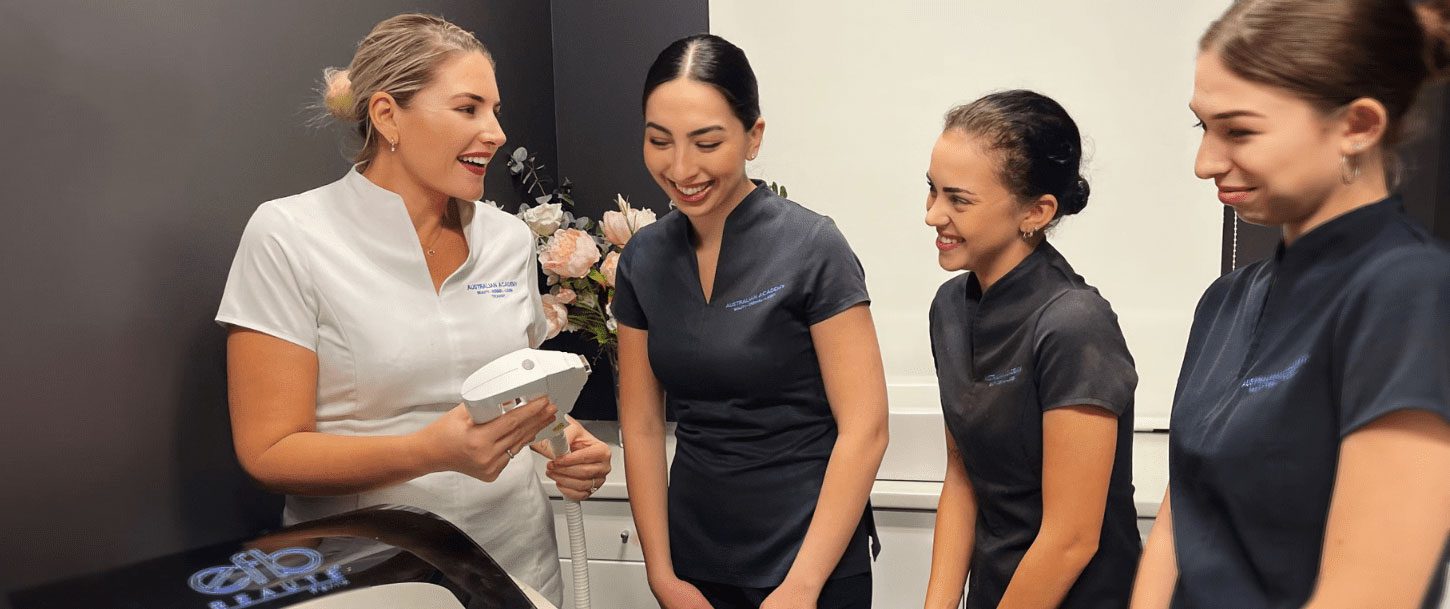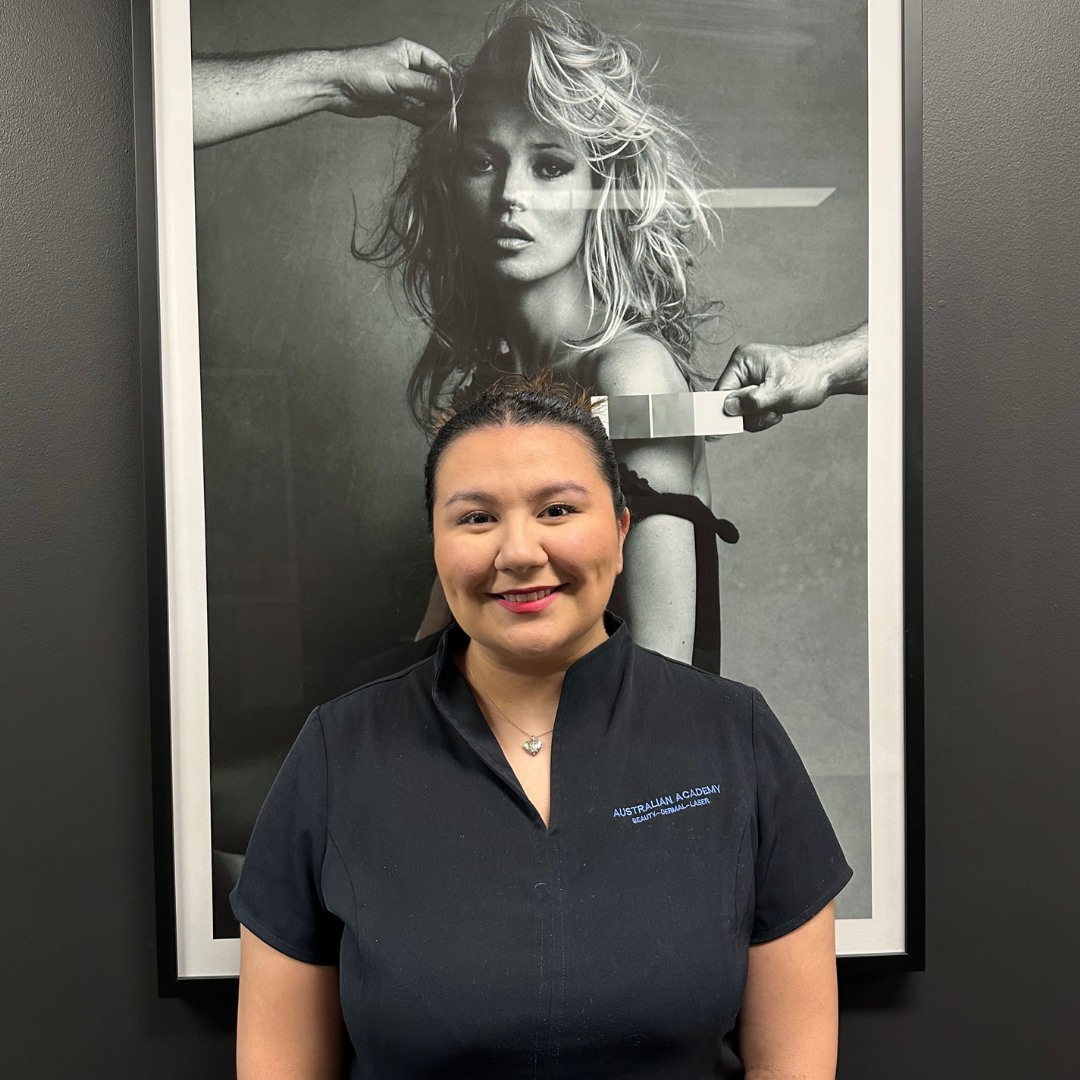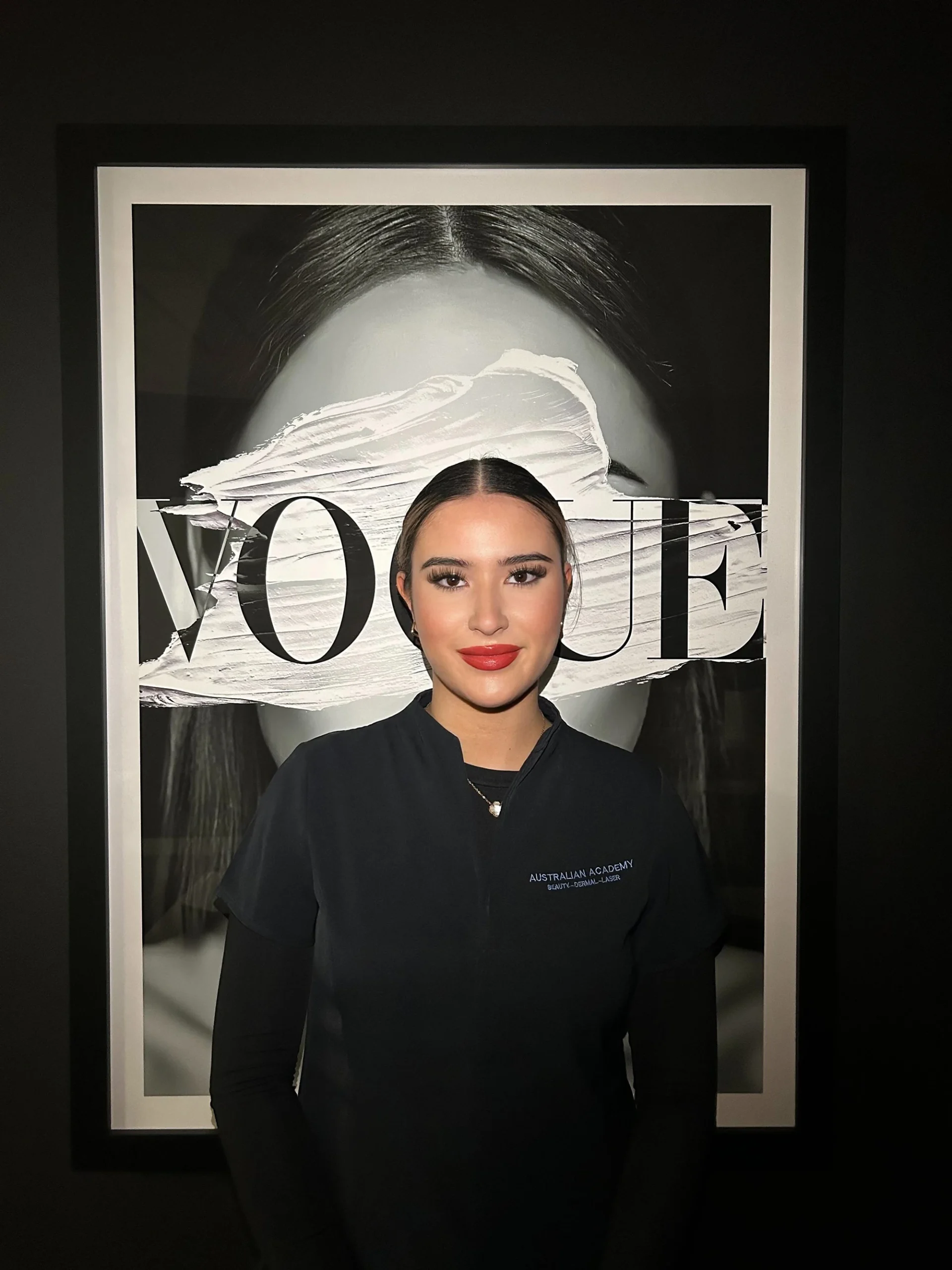The beauty industry, a dynamic and rewarding field, is continually evolving, offering diverse and exciting career paths. Working in a world-renowned spa like Hayman Island Spa, becoming the face of Sephora, working with leading cosmetic surgeons, working with film producers as their Makeup and beauty consultant and starting your own business are just some of the exciting career paths our graduates have followed. The training at The Australian Academy of Beauty, Dermal & Laser (AABT) is the ultimate beauty industry training and equips you for any of these exciting opportunities.
Role of a Beauty Therapist
A beauty therapist, deleted words provides a wide range of services aimed at helping clients look and feel their best. These services include skincare treatments, spa treatments, hair removal, makeup, anti ageing advice and the latest treatments are just a few of these services. As a beauty therapist, one has the opportunity to specialise in certain areas, like makeup and advanced dermal skin treatments enhancing their skill set and marketability.
The role extends beyond providing treatments. A beauty therapist is trained to offer professional consultations and advice, helping clients choose the right treatments and products for their skin type and concerns. This aspect of the job requires an in-depth understanding of skincare, skin science, nutrition, and cosmetic chemistry and skin care products, as well as staying updated with the latest trends and innovations in the beauty industry.

What Skills Do You Need for Beauty Therapy
To excel in beauty therapy it is essential to have not only excellent practical skills but also a sound understanding of the knowledge required to perform treatments. In addition, organisational skills, time management, and the ability to multitask are vital in managing a busy salon schedule.
Tasks & Responsibilities of a Beauty Therapist
The tasks and responsibilities of a beauty therapist are varied and depend largely on their specific role, the setting in which they work, and their level of expertise. Generally, a beauty therapist is expected to perform a combination of the following tasks and uphold certain responsibilities:
- Client Consultation: Conducting thorough consultations with clients to understand their needs, preferences, and any skin or health issues that might affect treatments. This includes analysing the client’s skin condition and recommending appropriate treatments or products.
- Performing Treatments: Carrying out a range of beauty treatments such as facials, skin analysis, massage, body treatments (like body wraps and scrubs), hair removal (waxing, etc.), nail care (manicures and pedicures), eyelash and eyebrow tinting, and lash lifts
- Sales and Promotion: Recommending and selling skin care products and additional treatments to clients, based on their needs and preferences. This involves having a good knowledge of the products available at the salon or spa.
- Maintaining Hygiene and Safety Standards: Ensuring that all equipment and tools are sterilised and that the work area is clean and tidy to maintain high hygiene and safety standards. This is crucial to prevent infections and ensure client safety.
- Aftercare Advice: Providing clients with aftercare advice following treatments, including how to care for their skin or nails and recommending products for home use.
- Keeping Up-to-Date with Industry Trends: Regularly updating knowledge and skills to stay abreast of the latest trends, treatments, and products in the beauty industry.
- Collaborating with Other Professionals: In some settings, beauty therapists may work alongside other professionals such as dermatologists, cosmetic surgeons or massage therapists and may need to coordinate services with them.

Day to day business related tasks:
- Appointment Scheduling: Managing appointment bookings and ensuring that the schedule is efficiently organised to maximise the number of clients served while maintaining high-quality service.
- Handling Client Feedback and Complaints: Addressing client feedback, resolving any complaints professionally, and ensuring client satisfaction.
- Administrative Duties: Depending on the workplace, a beauty therapist may also be responsible for some administrative tasks, such as inventory management, ordering supplies, and keeping client records updated.
- Health and Safety Compliance: Adhering to all health and safety regulations, including proper use of equipment and ensuring that all treatments are carried out in a safe manner.
In summary, a beauty therapist’s role is multifaceted, requiring a balance of technical skills, customer service, sales acumen, and a continuous commitment to professional development. The role is rewarding and exciting!
What qualifications do you need to be a beauty therapist in Australia?
In the field of beauty therapy in Australia, there are various qualifications available that cater to different levels of expertise and specialisations. These qualifications are designed to equip aspiring beauty therapists with the necessary skills and knowledge to succeed in the beauty industry. Here’s an overview of the key qualifications:
- SHB50121 Diploma of Beauty Therapy: This comprehensive qualification is highly respected in the industry and is often the most sought after by employers. The Diploma covers a wide range of beauty treatments and services including advanced facials, body massage and treatments, aromatherapy, spa treatments and advanced skin treatments It also covers aspects of business management and client consultation.
- SHB50216 Diploma of Salon Management: This qualification provides all the skills and knowledge to open your own business or manage a salon. Often offered in conjunction with SHB50121 Diploma of beauty Therapy
- AABT5022 Advanced Laser IPL & Dermal Therapies: For those interested in specialising in laser, IPL treatments, and Dermal therapy treatments, this advanced course provides the necessary training. It focuses on hair reduction and skin rejuvenation techniques using laser and IPL technologies, skin needling, cosmeceutical peels etc.
- SHB40121 Certificate IV in Beauty Therapy: Suitable for apprenticeship program this course includes basic beauty treatments such as facial treatments, massage techniques, body treatments, and nail technology.
- SHB30121 Certificate III in Beauty Services: This entry-level qualification covers the basics of beauty therapy, including waxing, lash and brow treatments, basic makeup application, and customer service skills and is ideal for a role on a cosmetic counter in a department store.
- Specialised Short Beauty Courses: There are numerous short beauty courses available that focus on specific skills or treatments in beauty therapy, such as makeup artistry, nail technology, eyelash extensions, or dermal therapies. These are beneficial for those who wish to specialise in a particular area within the beauty industry.
- Combined Beauty Qualifications: Some institutions like the Australian Academy of Beauty Dermal & Laser offer dual qualifications. One such course is the Evolution of Beauty Course which combines Beauty Therapy, Salon Management, and Advanced Laser and Dermal Therapies providing a comprehensive education in both beauty therapy, Laser, Dermal and Salon management.

For a deeper dive into the specific qualifications required to become a beauty therapist in Australia, don’t miss our blog post:
- What Qualifications are Required to Become a Beauty Therapist in Australia?
Embark on Your Beauty Therapy Career with AABT
If you’re passionate about beauty and wellness and are looking for a rewarding career helping others look and feel their best, the training offered by The Australian Academy of Beauty Dermal and Laser is the choice for those looking for the very best.
SHB50121 Diploma of Beauty Therapy and SHB50216 Diploma of Salon Management offered as a dual qualification with Vet Student Loans available for qualifying applicants, will equip you with the skills and qualifications needed to excel in the beauty industry.
Join us at AABT and take the first step towards a rewarding career as a skilled beauty therapist!
 Australian Academy of Beauty Dermal and Laser RTO 90094
Australian Academy of Beauty Dermal and Laser RTO 90094



